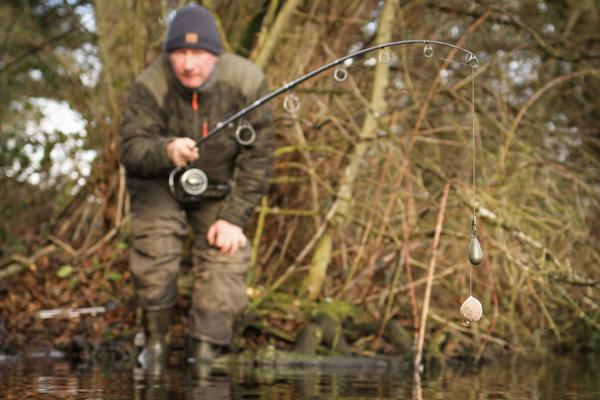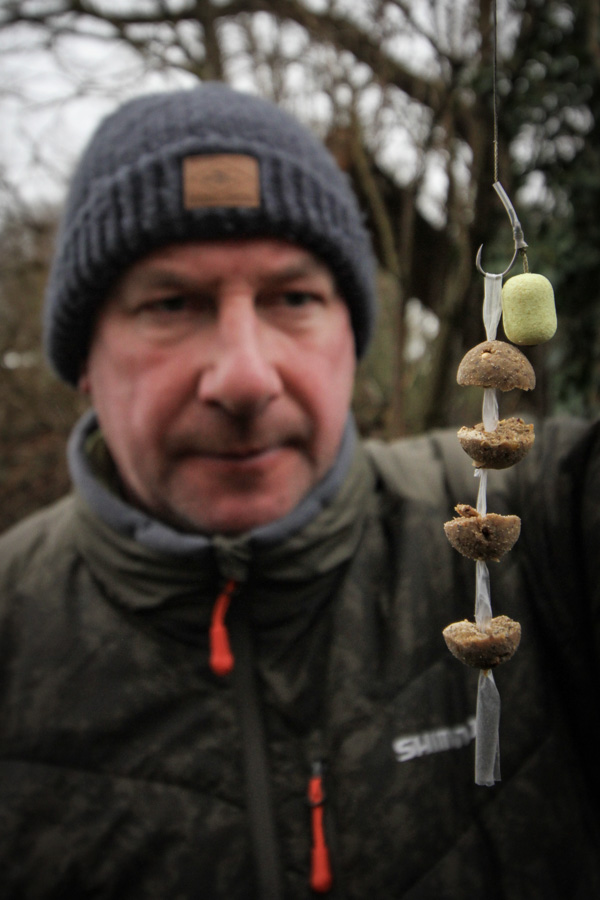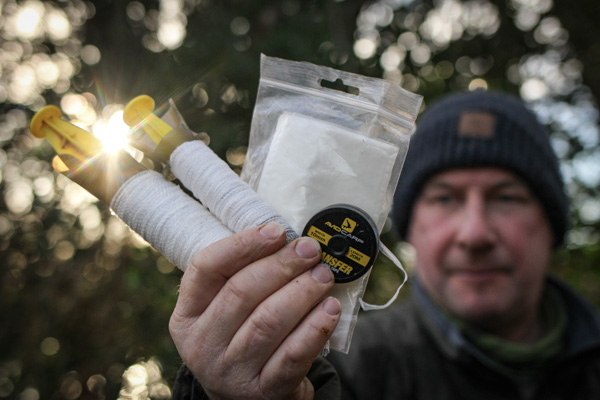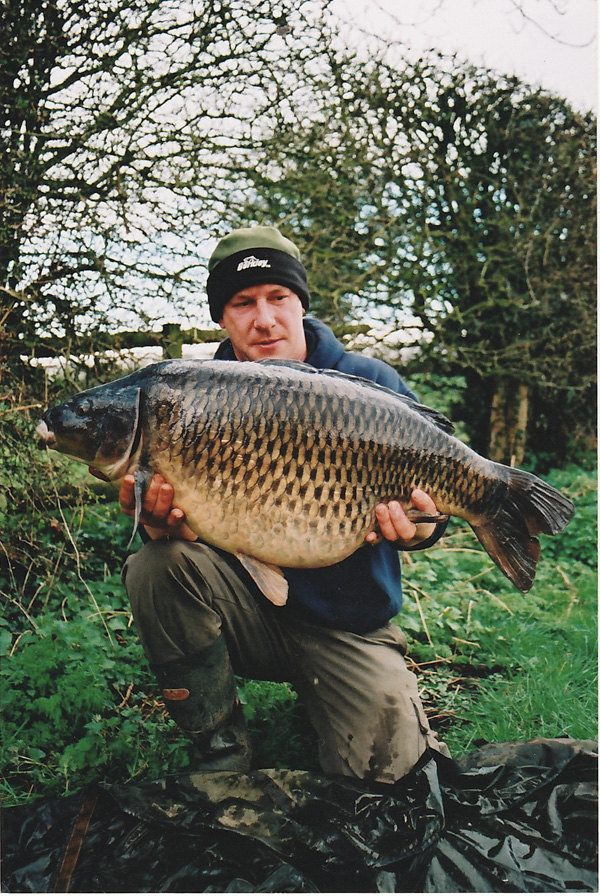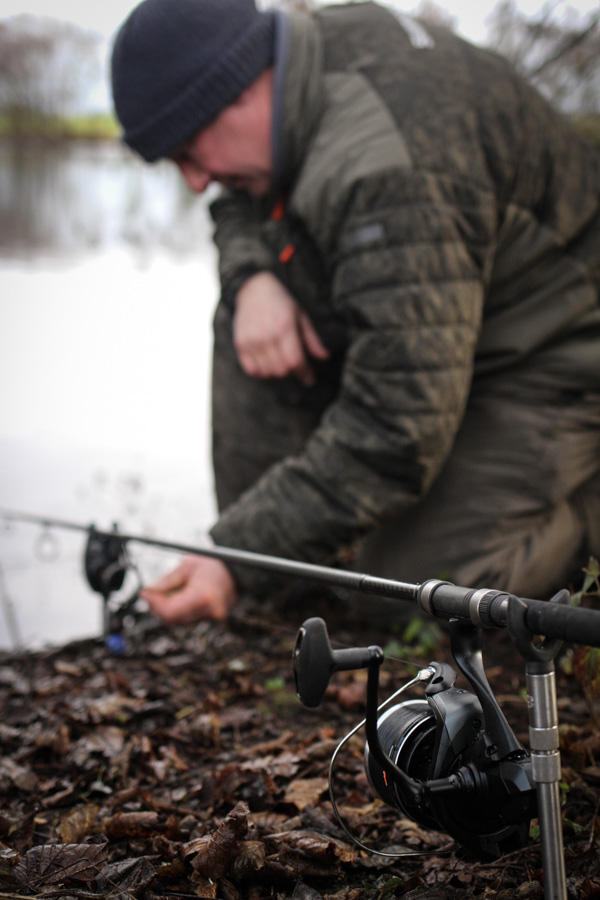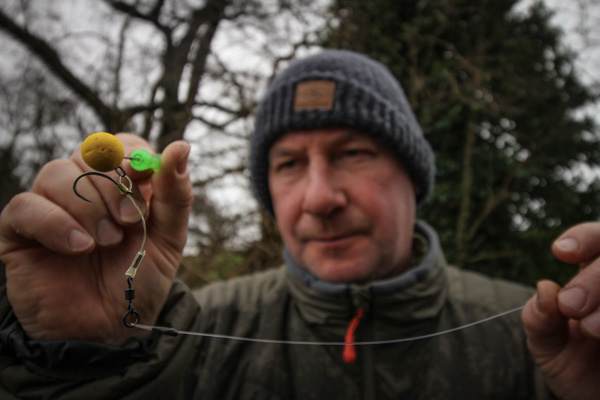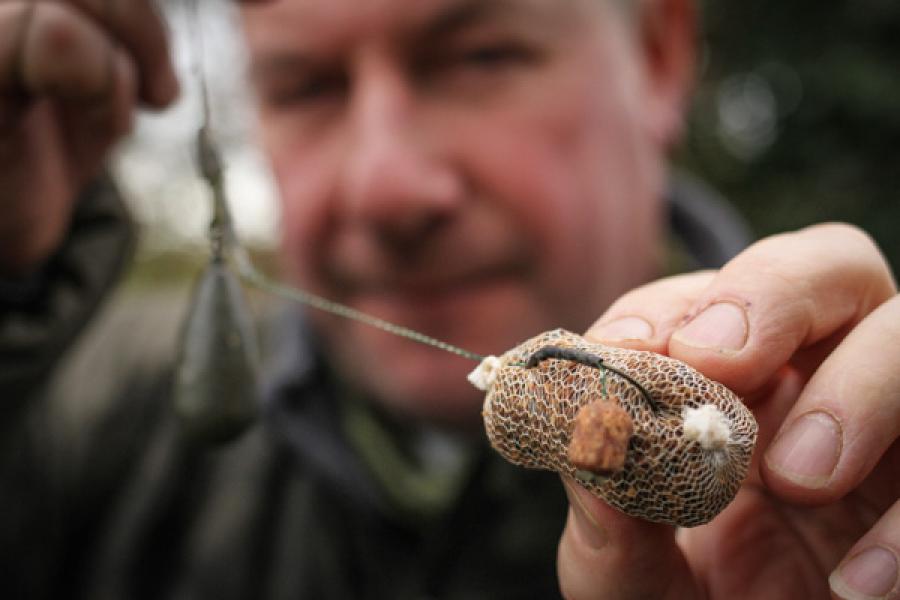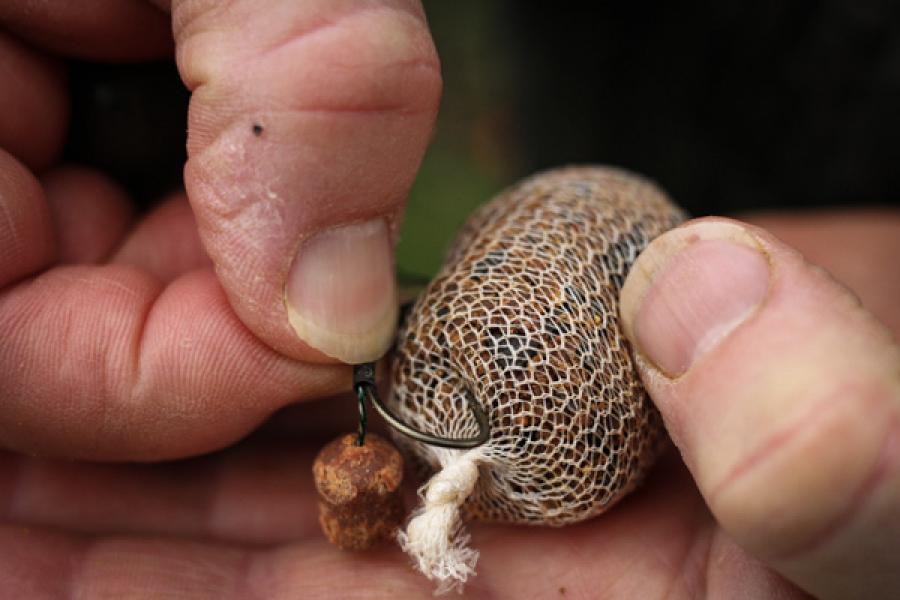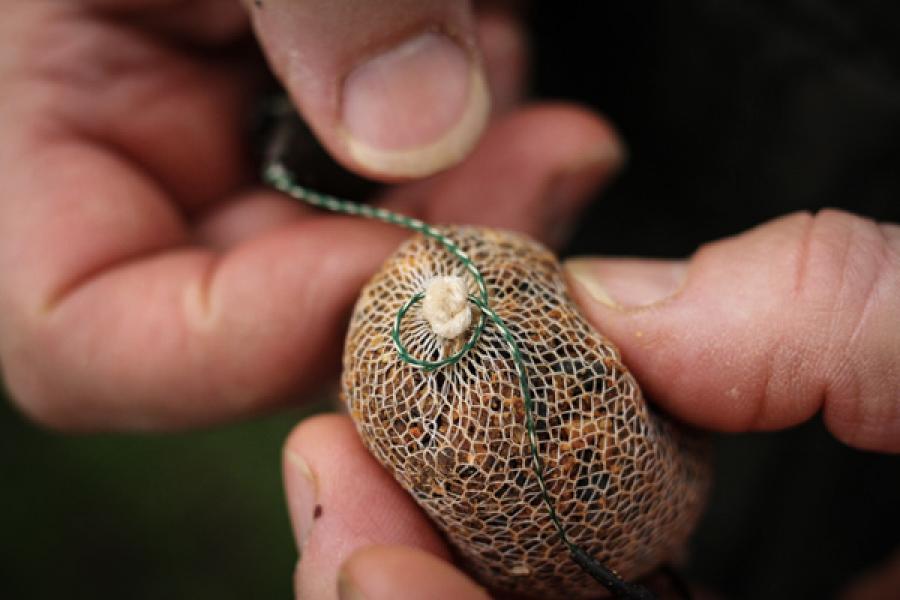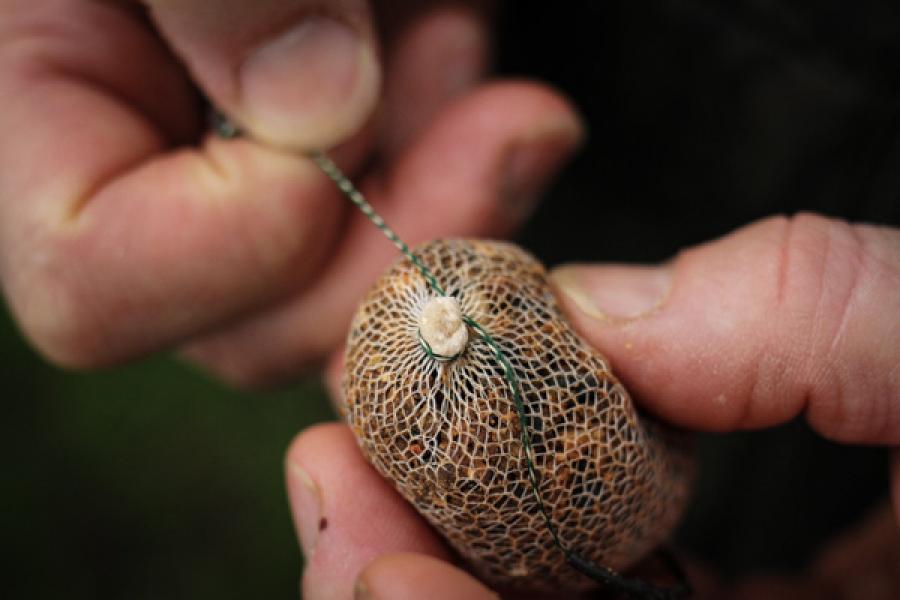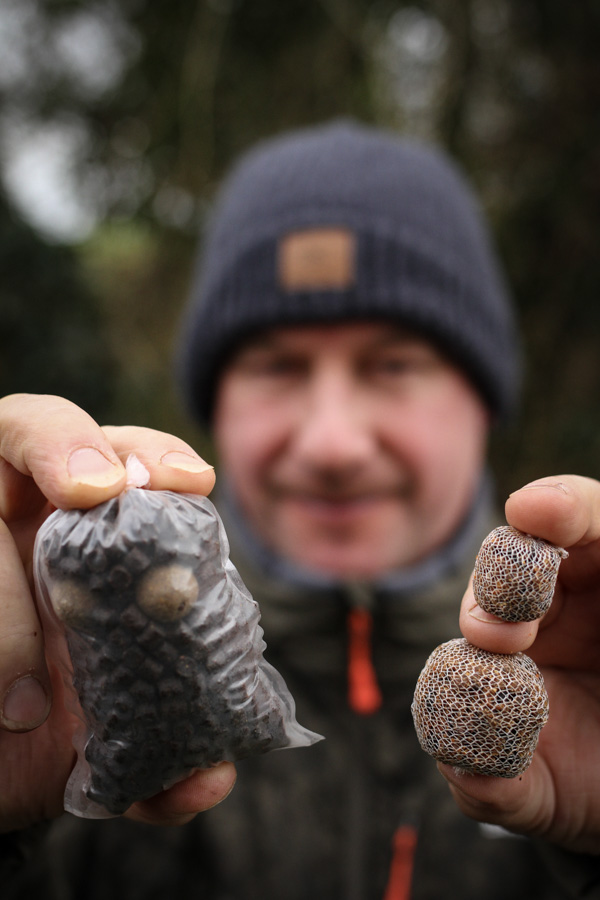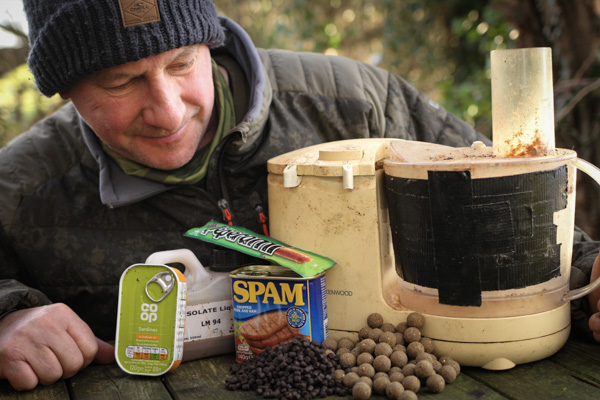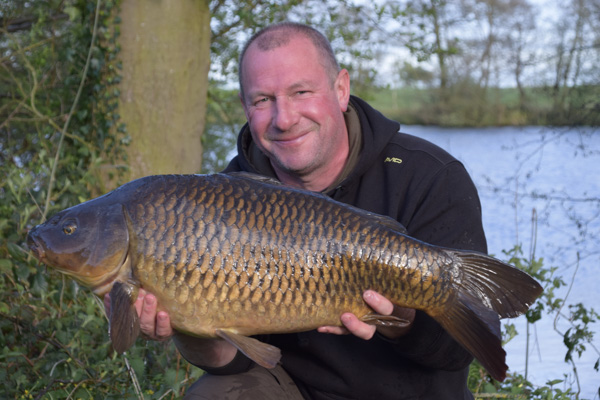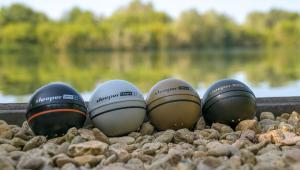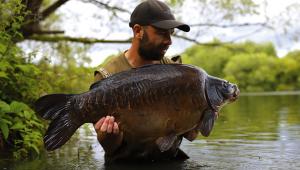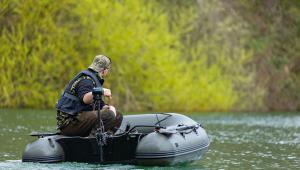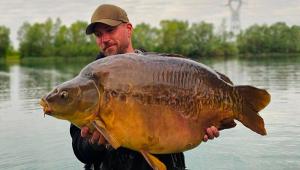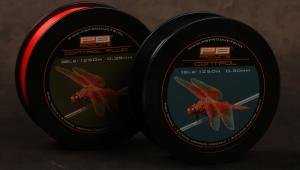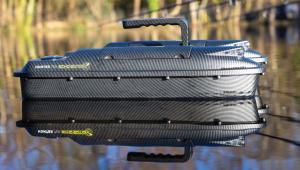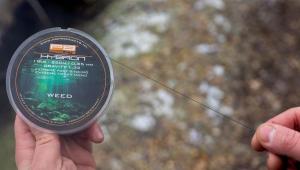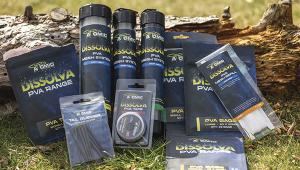Another advantage of fishing small, highly scented bag is that I do not always have to fish a bright and buoyant hook bait as most of us do when single fishing. Due to the attraction that my small pile of mix gives off I can now fish an obscure, less obvious hook bait such as a piece of sweetcorn, small bunch of maggots, worm, cut-down piece of wafter etc – the choice is yours – confident that it stands more chance of being found by a curious feeding carp than just a bland obscure hook bait alone does.
As I say, I have watched this scenario play out on many waters now and when you find something attractive matched with a hook bait the carp don’t fear, your chances of a take improve immensely.
SIZE AND ATTRACTION
Before I briefly talk about the sort of mix I use for my winter bag angling I would just like to say a few words on the size of the bags that I have found to be most effective. I think most anglers would be surprised to find that my average size mesh PVA bag is no more than between a 10 to 50 pence piece size – stick or round bag, it really doesn’t matter, but I have found the size does.
Even when angling on high-stock prolific waters I have found that a small bag cast regularly is far more effective than a larger bag left out for a time. Just as my first example of when I discovered that small and regular introductions are key to my winter approach, this, I suppose, is just a more concentrated version. Even some of my match-oriented angling friends now use this approach in their winter armoury.
I have not rambled on about this mix and that mix for our PVA bags as I think this really is very varied from water to water. If, say, on the water I tend to fish catches are dominated by maggots or worms then I will keep the attraction levels low and of a natural theme. A maggot or meaty based groundbait with some added liquid liver and some of my winter mix below has always worked for me on these types of venues.
Each autumn as the cold starts to arrive I make up a bucket of mix containing blended boilies, creamed luncheon meat, crushed pellets and crushed hemp and any bag mix I have left from the summer. Nothing special, just attractive ingredients that I then add liquid attractants to over the coming weeks – dips, glugs and winterised oils are added steadily each time the mix dries so that I keep a moist texture to it. This attraction-packed mix pumps out goodness as soon as it is introduced to the water and will for the most part form my go-to mix or addition to any specials that I add to my bags.
CONCLUSION
I hope my above ramblings have been of interest to you. This method of PVA use has literally accounted for thousands of cold-water carp for me over many years. It certainly is an approach that suits the short session mobile angler but has equally been effective on longer sessions as well when bites have been hard to tempt.
There is an old saying in angling that once you have put bait in you cannot take it out, which I have always found to be very true, and besides if the carp do seem to be having it big-style and want to feed hard you can always add a few more tasty morsels to your bag and cast a bit more regularly.
